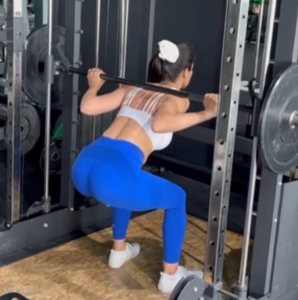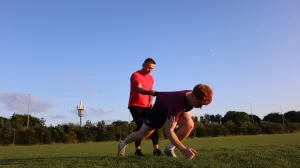
Running is a journey of self-improvement. Whether you’re new to running or a marathon veteran, a coach can dramatically enhance your performance, especially during the challenging summer months. Here’s why:
Customised Training Plans: A coach creates personalised plans tailored to your goals, fitness level, and schedule. They adjust for summer heat, suggesting early or late runs and incorporating rest days to avoid overheating and dehydration.
Expert Hydration and Nutrition Advice: Summer running demands careful hydration and nutrition. Coaches provide tips on staying hydrated and what foods and supplements to consume to maintain energy levels in the heat.
Injury Prevention: Heat increases injury risk. A coach integrates strength training, flexibility exercises, and proper warm-ups and cool-downs into your routine. They monitor your form to prevent heat-related injuries.
Motivation and Accountability: A coach keeps you motivated and accountable, ensuring you stick to your plan even on the hottest days. Regular check-ins and feedback help maintain your commitment.
Mental Toughness: Running in the heat tests your mental strength. Coaches teach mental strategies like visualisation and goal-setting, crucial for overcoming challenging conditions.
Performance Optimisation: Coaches refine your pacing, intervals, and workouts to enhance speed and endurance. They design summer-specific workouts to maximise performance without overexertion.
Real-Time Adjustments: A coach offers real-time feedback, adjusting your plan based on progress and weather conditions, ensuring optimal and safe training.
Community and Support: Many coaches facilitate group sessions or connect you with other runners, providing a supportive community that makes summer training less daunting.
Train with Jason
Looking to take your running to the next level this summer? Train with Jason at JC Fitness. With expert guidance based on over 15 years of experience, personalised plans, and a supportive community, Jason will help you achieve your running goals. Get in touch and elevate your performance today!
Hashtags:
#RunningCoach #SummerRunning #RunningTips #RunningPerformance #StayHydrated #RunSafe #RunSmart #MarathonTraining #InjuryPrevention #MentalToughness #PerformanceOptimization #TrainWithJason #JCFitness #RunningCommunity #PersonalTraining













